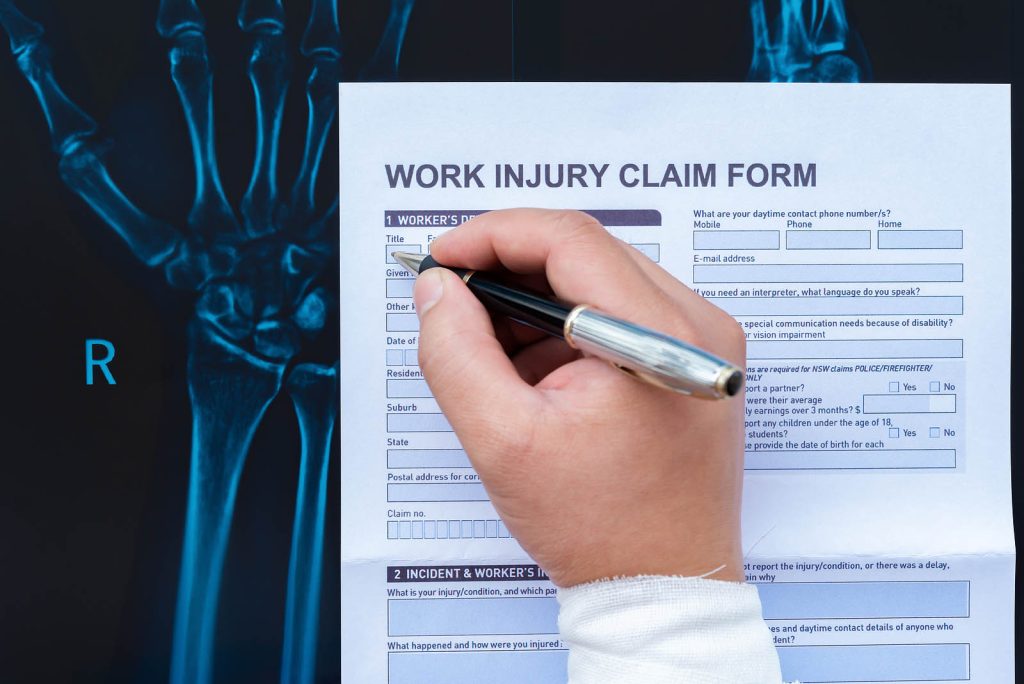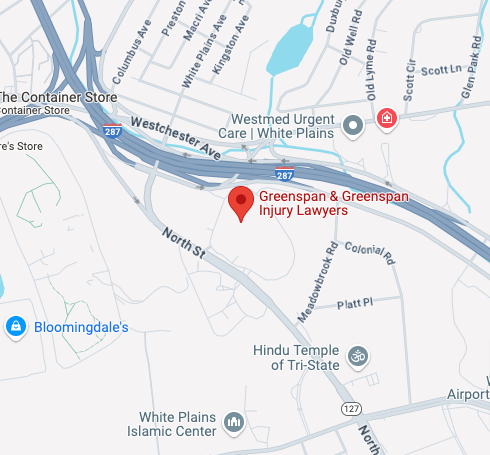A car accident can leave more than just physical scars. The sudden jolt of impact, the sounds of breaking glass, and the fear of serious injury can linger long after the crash. While broken bones or whiplash are readily apparent, the emotional turmoil following a traumatic collision may not receive the same immediate attention. Yet many victims experience profound psychological complications, such as depression, anxiety, and post-traumatic stress, that can interfere with daily life.
If you find yourself asking, “Can you sue for emotional distress after a car accident?” rest assured, you’re not alone. New York law does allow claims for emotional harm under the right circumstances. Below, we’ll outline what emotional distress is, how you can prove it in a personal injury case, and why seeking compensation for psychological trauma can be an essential part of moving forward.
Recognizing Emotional Distress After a Car Accident
Emotional distress encompasses a wide range of psychological symptoms that surface after a traumatic event like a car crash. These may include:
- Anxiety and panic attacks—feeling constantly on edge, experiencing sudden, intense episodes of fear or sweating when driving again;
- Depression—persistent sadness, lack of motivation, changes in sleep or eating patterns, and withdrawal from social activities;
- Post-traumatic stress—re-living the accident through flashbacks or nightmares, or avoiding reminders of the crash to escape overwhelming fear; and
- Irritability and mood swings—unexpected outbursts, difficulty regulating emotions, or sudden emotional highs and lows.
Everyone’s response is different. While some people bounce back quickly, others struggle for months or years. You’re not alone if you’re experiencing any of these issues after a collision. Emotional distress is far more common than you might think.
Can You Sue for Emotional Distress After a Car Accident in New York?
Yes, you can—but it’s not as straightforward as filing a claim for a broken arm. New York is a no-fault insurance state, meaning that your insurance typically covers initial medical costs and lost wages up to a certain threshold. To go beyond no-fault and sue the at-fault driver (or another negligent party) for intangible losses like emotional distress, you must generally show that you meet the “serious injury” criteria outlined in New York law.
What Counts as a Serious Injury?
Examples include:
- Significant disfigurement or scarring,
- Fractures or broken bones,
- Permanent loss of a body organ or function,
- Full disability for 90 days or more, or
- Wrongful death.
You can pursue broader damages in a civil lawsuit if you meet one of these thresholds. While emotional distress alone may not always rise to “serious injury” on its own, a serious physical injury can open the door to include emotional suffering in your claim.
Connecting Emotional Distress to the Accident
Even when you have a qualifying physical injury, suing for emotional distress after a car accident still involves proving a clear link between your distress and the crash. Here’s how you can strengthen that connection:
- Seek professional help. A therapist or psychologist can diagnose conditions like PTSD or depression, linking them directly to the accident. Their treatment notes and recommendations can serve as important evidence.
- Collect medical documentation. Just like you keep records of X-rays or physician visits for physical injuries, maintain documentation of all mental health consultations, medications, and therapy sessions.
- Keep a personal journal. Write down your emotional experiences daily or weekly, which can illustrate the extent of your suffering. Be sure to detail flashbacks, nightmares, panic attacks, or any changes in your overall mood.
- Gather statements from friends and family. Loved ones who notice changes in your behavior, such as withdrawal, irritability, or fear of driving, can corroborate your experience.
By methodically documenting your emotional distress from a car accident, you lay a foundation that legal counsel can build upon when seeking compensation.
Potential Compensation for Emotional Distress
Damages for car accident emotional distress typically fall under the umbrella of pain and suffering, which covers both physical and psychological harm. In New York, if you establish that your distress stems from the accident, you might recover:
- Therapy and counseling costs. It could be coverage for sessions with mental health professionals, prescription medications for anxiety or depression, and any other related treatments.
- Pain and suffering. This compensation can include the intangible toll on your quality of life, from chronic nightmares to an inability to engage in normal daily activities due to PTSD.
- Future damages. If your psychological recovery is expected to be prolonged or indefinite, you could seek compensation for future therapy expenses or diminished earning capacity.
Every case is unique. The final emotional distress car accident settlement figure can vary widely based on the severity of your emotional distress, the strength of your evidence, and the skill of your legal representation.
Overcoming Common Hurdles in Emotional Distress Claims
Insurance companies and lawyers will look for any arguments they can use to diminish or extinguish your claims of emotional distress. Here are some of the most common hurdles you might face.
You Weren’t Physically Hurt Enough
Sometimes, if your physical injuries appear minor, insurers will argue that your emotional claims must be, too. But that’s not always true. People with relatively minor physical harm can still develop severe anxiety or PTSD. Detailed evidence and strong expert testimony can counter this objection.
Allegations of Pre-Existing Conditions
If you had a history of anxiety or depression, insurers might claim your current distress isn’t tied to the accident. Your mental health professional’s notes can help clarify how your symptoms have worsened since the crash, drawing a clear line between pre- and post-accident conditions.
Minimizing Emotional Harm
Insurance companies often attempt to reduce psychological distress to mere inconvenience. Documenting your therapy and personal challenges can demonstrate the severity of your struggles, turning abstract claims into tangible facts.
Contact a New York Personal Injury Lawyer
Emotional suffering can cast a long shadow over your everyday life, making it hard to sleep, socialize, or even get behind the wheel without fear. Yet, many accident victims suffer in silence, unaware that New York law can compensate them for these psychological harms under the right circumstances.
If you’re grappling with emotional distress from a car accident, you don’t have to go through it alone. By seeking prompt mental health support and talking to an experienced attorney, you can gain clarity on whether you have a valid claim for damages beyond mere medical bills.
At Greenspan & Greenspan, we have decades of experience assisting New Yorkers in pursuing personal injury claims after accidents, including compensation for emotional distress. Contact us today to schedule a free consultation and learn how we can help.








